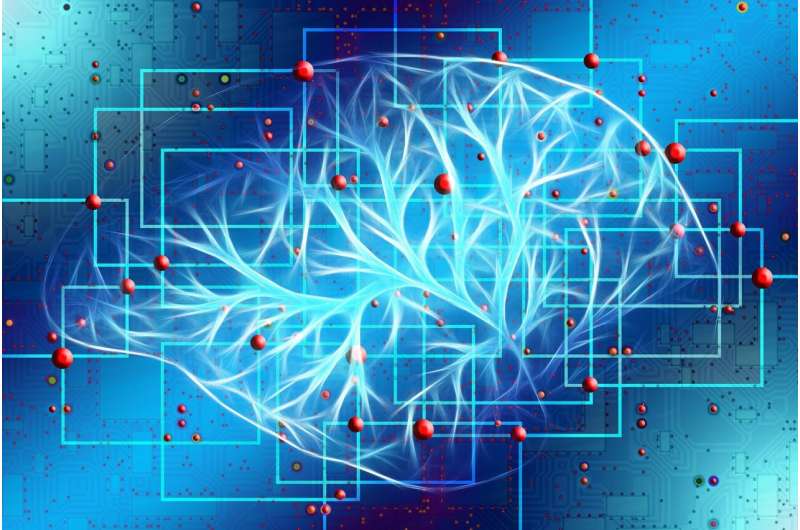This article has been reviewed according to Science X's editorial process and policies. Editors have highlighted the following attributes while ensuring the content's credibility:
fact-checked
trusted source
proofread
Tracking seizures: Brain research aims to improve epilepsy treatment

A measure of brain activity known as causal flow can help locate the source of seizures before they occur, according to a new study co-authored by Georgia State and Emory University researchers.
The study, published in the Journal of Clinical Neurophysiology, could reduce the need for invasive procedures in treating drug-resistant epilepsy.
According to the World Health Organization, about 50 million people worldwide live with epilepsy. This neurological disorder is marked by recurrent seizures—sudden bouts of abnormal electrical activity in the brain.
"Seizures are often described as electrical storms in the brain," said co-author Mukesh Dhamala, an associate professor in Georgia State's Neuroscience Institute and Department of Physics and Astronomy. "And that can take over normal functioning. Patients can lose consciousness and control of their behaviors for seconds to minutes."
While some cases of epilepsy can be treated with medication, about 30 percent are considered drug-resistant. These cases require surgical intervention on the brain area where the seizure starts, known as the seizure focus.
Neurosurgeons look for areas of abnormal activity using intracranial electroencephalogram (iEEG), a procedure in which electrodes are surgically implanted into the brain for the duration of the test. To work, the patient must have a seizure while the iEEG is recording.
This approach to locating the seizure focus is successful only 40 to 60 percent of the time for multiple reasons. First, the patient must have a seizure while the iEEG is recording. When seizures occur sporadically and without warning, this can be a problem. Second, the iEEG can miss a focus region or detect multiple regions of abnormal activity. In these cases, it can be difficult—if not impossible—to visually interpret the iEEG recordings.
"That's where we come in—to help neurosurgeons by analyzing recorded data," Dhamala said.
Rather than looking at the output from each individual electrode, Dhamala and his team have started to combine data from each point to get a broader picture of the brain's activity. Like using seismographs to determine the location and strength of an earthquake, these data points can be used to determine causal flow, a measurement that quantifies the activity of this broader network.
Previously, Dhamala and his colleagues used high-frequency activity known to be present during seizures to show that causal flow can locate foci. In its recent study, the team was able to do the same using low-frequency activity, which occurs before a seizure starts. Their findings suggest that using low frequencies to determine causal flow could help locate a seizure long before one occurs.
"The method can potentially open up a whole new possibility of localizing seizures with a… non-invasive approach," Dhamala said. "That's the idea."
In the future, neurosurgeons may be able to locate foci without waiting for patients to have more seizures and do so even with less invasive techniques. The team is now conducting research on the use of functional magnetic resonance imaging, which measures low-frequency activity, as an alternative.
Dhamala co-authored the paper with Sushma Ghimire, a recent graduate of the Georgia State doctoral program in physics, and Dr. Charles Epstein, a neurophysiologist and professor at Emory University.
More information:
Sushma Ghimire et al, A Stable EEG Epilepsy Network Spans From Infraslow to Ripple and
From Interictal to Ictus, Journal of Clinical Neurophysiology (2022). DOI: 10.1097/WNP.0000000000000971



















